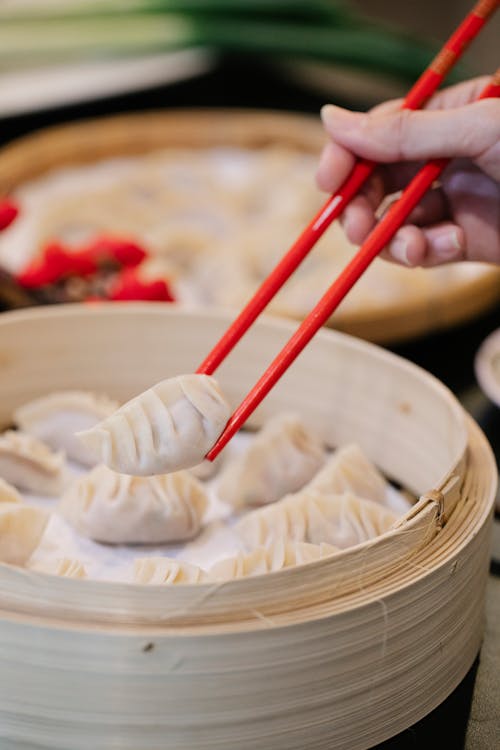Exploring the Exquisite World of Chinese Cuisine: A Culinary Journey Through Chinese Restaurants

Introduction: Chinese cuisine is renowned worldwide for its rich flavors, diverse ingredients, and exquisite presentation. With a history spanning thousands of years, Chinese culinary traditions have evolved into a complex and vibrant tapestry of regional styles, each offering its own unique culinary delights. In this article, we embark on a culinary journey through the enchanting world of Chinese restaurants, exploring the essence of their offerings and the cultural significance they hold.
The Allure of Chinese Restaurants: Step into a Chinese restaurant, and you’re immediately greeted by a sensory feast. The aroma of spices wafts through the air, while the sight of steaming dishes and vibrant colors ignites the appetite. Chinese restaurants, whether they are humble family-owned establishments or upscale dining venues, offer more than just a meal; they provide an immersive cultural experience Tipsblog.de/.
Regional Diversity: One of the most fascinating aspects of Chinese cuisine is its regional diversity. From the fiery flavors of Sichuan cuisine to the delicate dim sum of Cantonese cuisine, each region boasts its own culinary traditions and specialties. Chinese restaurants often showcase this diversity, allowing diners to embark on a culinary journey across China without leaving their table.
Signature Dishes: No visit to a Chinese restaurant is complete without sampling some of its signature dishes. From Peking duck and Kung Pao chicken to Mapo tofu and Xiaolongbao, these iconic dishes represent the epitome of Chinese culinary craftsmanship. Whether you prefer the bold flavors of spicy Hunan cuisine or the subtle nuances of Cantonese dim sum, there’s something to tantalize every palate.
The Art of Dim Sum: Dim sum, meaning “to touch the heart,” is a beloved culinary tradition that originated in the teahouses of ancient China. Today, dim sum restaurants are bustling hubs of activity, where diners gather to enjoy bite-sized delicacies such as dumplings, buns, and pastries. The art of dim sum is not just about the food itself but also the communal experience of sharing small plates with friends and family.
Cultural Significance: Chinese restaurants serve as more than just places to enjoy a meal; they are cultural ambassadors that bridge the gap between tradition and modernity. In addition to showcasing traditional dishes, many Chinese restaurants also offer contemporary interpretations that reflect changing tastes and culinary trends. Moreover, these establishments play a vital role in preserving Chinese culinary heritage and passing it on to future generations.
The Future of Chinese Cuisine: As Chinese cuisine continues to garner international acclaim, the future of Chinese restaurants looks brighter than ever. With innovative chefs pushing the boundaries of tradition and new technologies enhancing the dining experience, Chinese restaurants are poised to remain at the forefront of the global culinary scene. Whether you’re craving classic dishes or seeking bold new flavors, Chinese restaurants offer a tantalizing array of options to satisfy every palate.
Conclusion: Chinese restaurants are more than just places to enjoy a meal; they are gateways to a rich and vibrant culinary tradition that spans millennia. From the fiery flavors of Sichuan cuisine to the delicate art of dim sum, these establishments offer a sensory feast for the senses and a glimpse into the heart of Chinese culture. So, the next time you’re craving an unforgettable dining experience, why not embark on a culinary journey through the enchanting world of Chinese restaurants?




